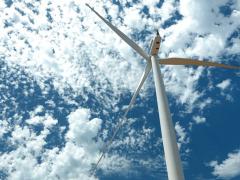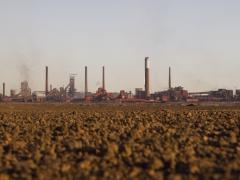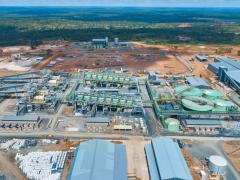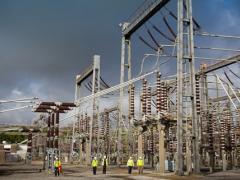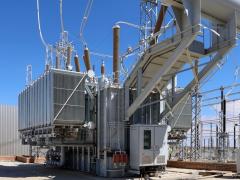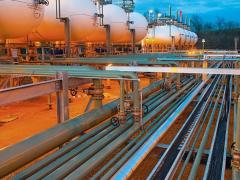Proposed electricity tariff hikes and the return of load shedding were among the main concerns dampening manufacturing sector confidence in the first quarter of 2025, according to the Absa Manufacturing Survey.
Confidence declined by two points to 34 after reaching a two-year high at the end of 2024 with manufacturers citing energy uncertainty as a constraint alongside weaker demand and geopolitical risks.
The latest Absa Purchasing Managers’ Index (PMI), released in early April, supports the survey’s findings. While export demand improved in March, the PMI remained below the neutral 50-point mark and expectations for business conditions in six months declined for the first time since May 2024. The report notes that the return of load shedding and strained SA-US trade relations were likely weighing on sentiment, reinforcing concerns raised in the first quarter manufacturing survey.
“Internationally, geopolitical tensions, tariff increases in the US and possible disruptions to the African Growth and Opportunity Act agreement have started to weigh on manufacturers,” says Justin Schmidt, Executive: Manufacturing Sector at Absa Business Banking.
“Locally, proposed electricity tariff increases by the National Energy Regulator of South Africa, the sudden re-introduction of load shedding and the postponement of the Budget Speech, which initially proposed a significant increase in VAT, also contributed to the uncertainty.”
As a result, the indicators that measure the political climate and business conditions deteriorated by 17 points each.
The quarterly survey, conducted by the Bureau for Economic Research at Stellenbosch University between February 5-24, involved approximately 700 businesspeople in the manufacturing sector. The confidence index ranges from 0-100 with 0 indicating an extreme lack of confidence and 100 representing extreme confidence.
Seasonally, the first quarter is typically a quieter period for the manufacturing sector and this year proved no exception.
Dampened demand in the domestic market, primarily due to limited consumer purchasing power, continued to weigh heavily on the sector. Domestic sales fell by 18 points, domestic orders received dropped by nine points and domestic selling prices per production unit also shrank by eight points.
The metals and machinery and chemicals subsectors were the biggest contributors to the overall drop in confidence. By contrast, the food and beverage and transport subsectors showed notable improvements in sentiment, rising by six points and 14 points respectively. Confidence in the metals and machinery subsector plummeted sharply from 41 to 29 points in the previous quarter, possibly driven by local challenges and the ongoing global oversupply of steel.
However, there were positives: export demand rose by 15 points, moving into positive territory, and export orders received increased by 12 points. Although export selling prices per production unit declined, the results were better than anticipated.
“Compared to the averages for 2024, most indicators for Q1 2025 show an improvement, suggesting that manufacturing conditions could be better than last year,” Schmidt said. “Despite constraints such as raw material shortages and lower local demand, the outlook is better than the same period last year.”
Manufacturers also seem to be signalling a more positive outlook for investment. According to the PMI, the likelihood of investing in fixed assets improved by 12 points.
Indicators that measure investment constraints, such as insufficient demand, cost of credit and tax structures, have also shown signs of improvement. Additionally, manufacturers are expecting export volumes to increase during the year, as demonstrated by the 12-point surge.
Manufacturers also noted a decrease in the shortage of skilled and semi-skilled workers.


